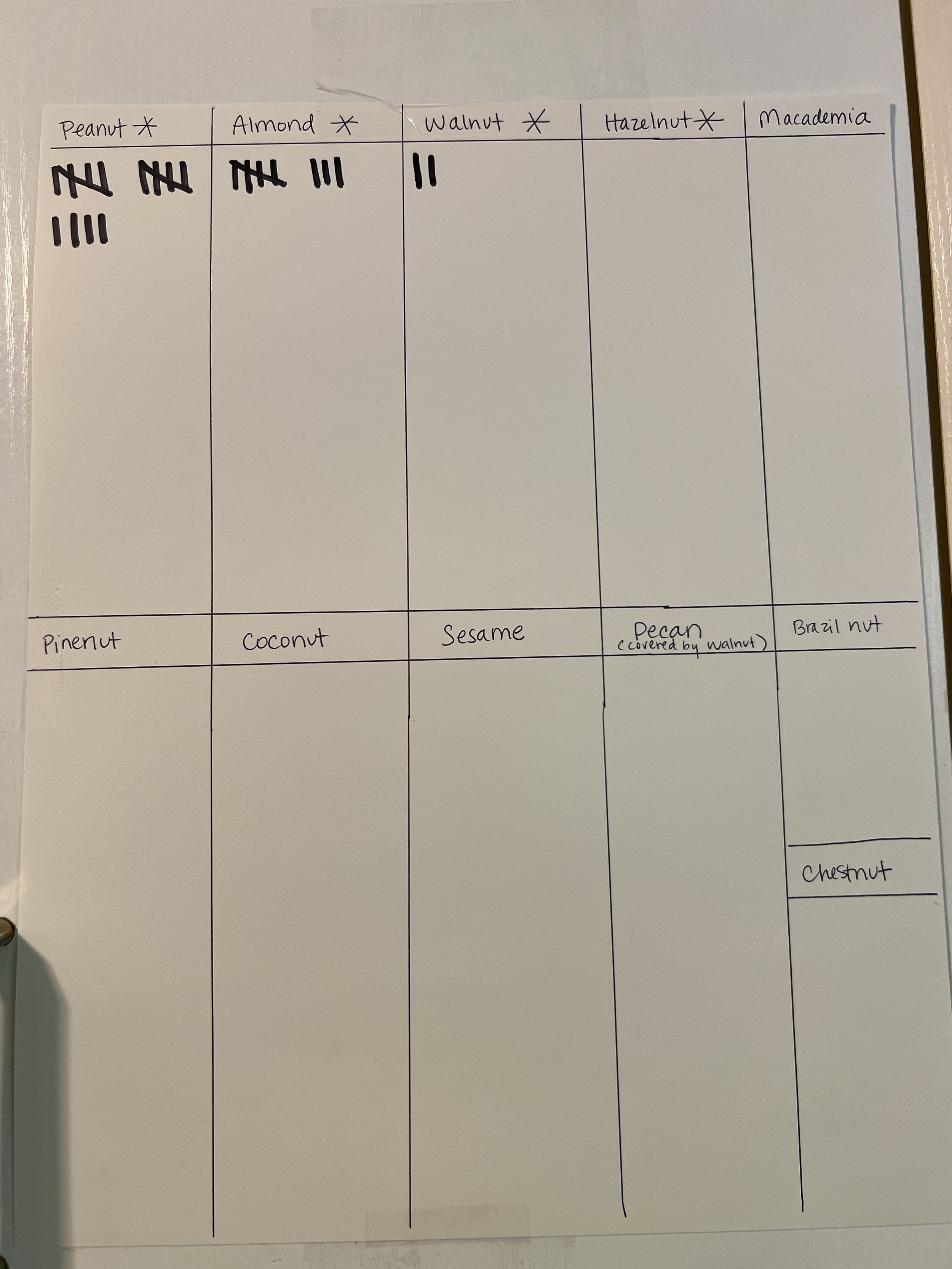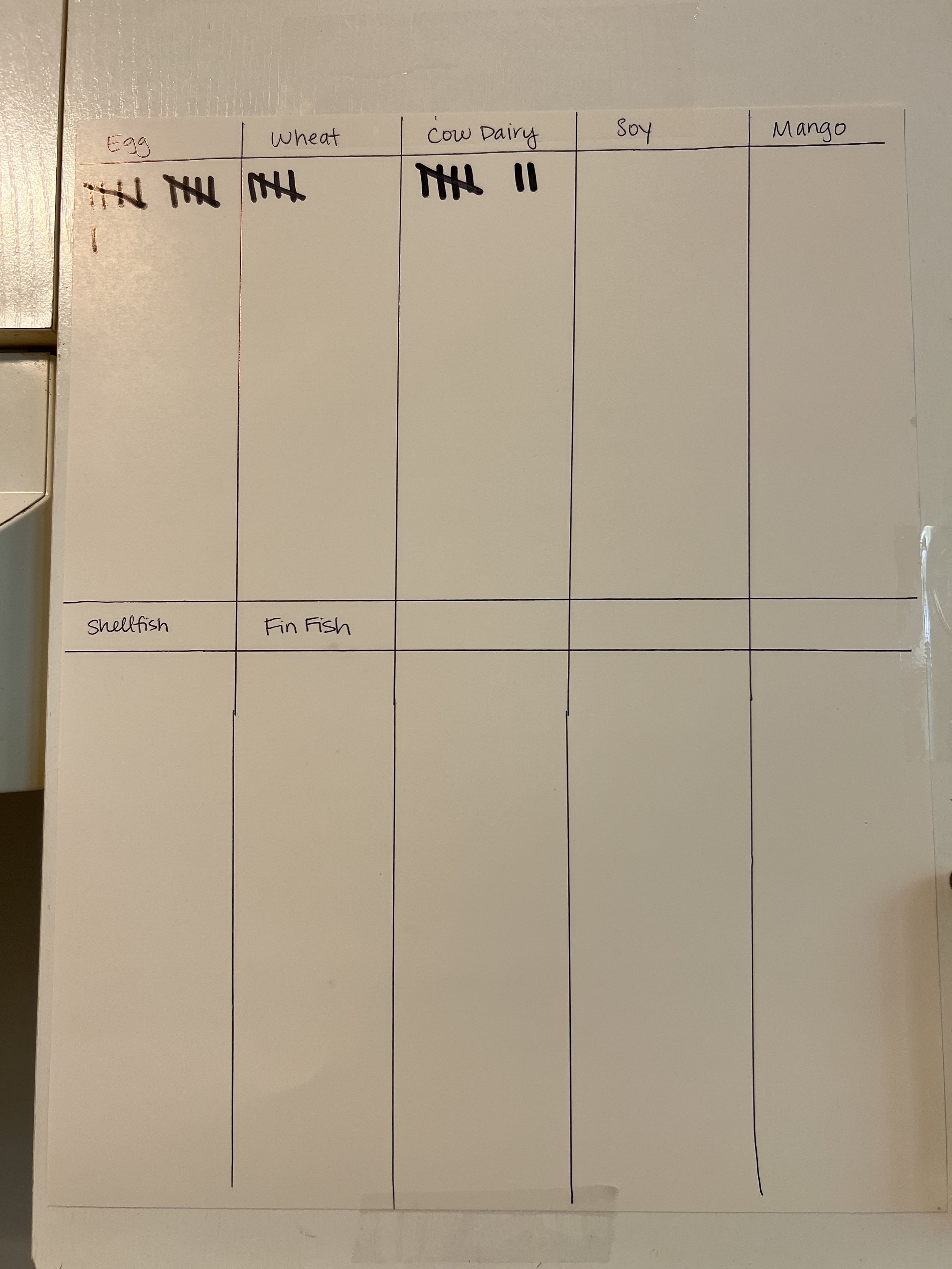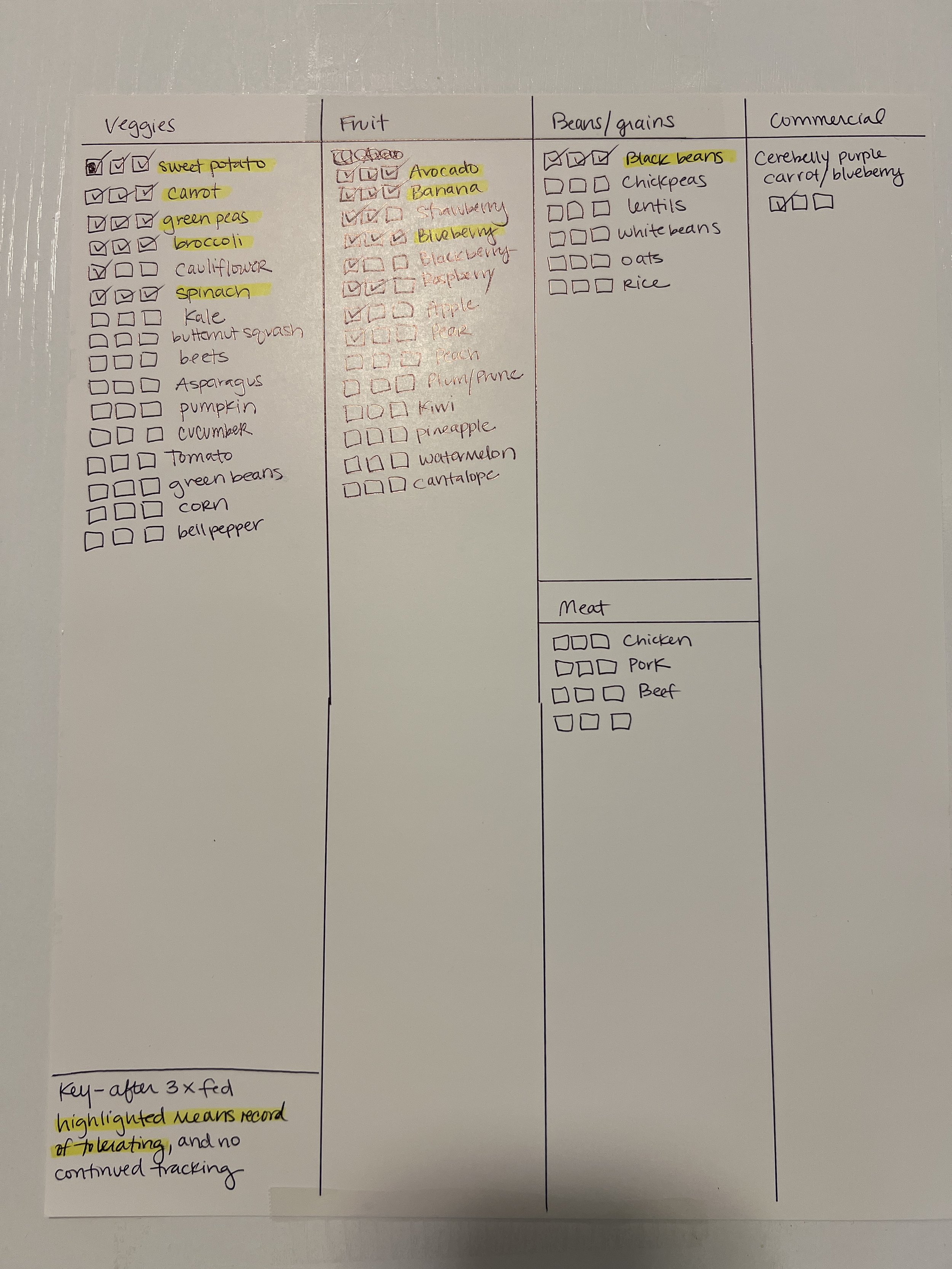There is no prior testing you can do to determine with certainty that you do NOT have a food allergy. The only way to find out if you have a food allergy is to eat the food and see if you react. The two common allergy tests that exist—skin prick testing and IgE blood testing are only definitive if there is also a relevant clinical history (ie: an allergic reaction to eating the food).
This podcast does a good job of explaining the limits of allergy testing. Katherine Anagnostou says this about allergy testing (11 minutes into show):
“90% of [food allergy] diagnosis is in the patient’s medical history…These tests [IgE and Skin prick] are pretty much useless if you don’t have history of the food allergic reaction. You have to interpret them [the tests] within the context of the patient having had a reaction to the food. Otherwise all that they [the tests] show is that the patient is sensitized–so has some antibodies to the food floating around–so it’s not necessarily any clinical reactivity or clinical allergy. The [skin and blood] test alone does not diagnose food allergy.”
Feeding and watching for reaction is the only real test. When your infant has a mountain of never before eaten common food allergens left to try the only way this will happen is at home.
Unfortunately for us, we had the experience of Julia seeming to tolerate eating walnut, and then about a month into having walnut in her diet most days she started to have an allergic reaction to walnut. Because walnut and pecan are such similar proteins allergy to one almost always means allergy to the other. This move from seeming to tolerate to allergy developing has been one of the hardest parts of this process because now it is hard to trust her “tolerance” of any of the other nuts.
But even with this new and very hard uncertainty we want to continue feeding her any nuts/seeds she isn’t reacting to with the hope that we will mitigate further nut allergies developing.
Common Food Allergens:
The other tree nuts (beyond cashew & pistachio & walnut & pecan):
1) Almond
2) Hazelnut
3) Macadamia Nut
4) Pine Nut
5) Coconut (there is some debate about this being included as a tree nut)
6) Chestnut
7) Brazil Nut
The other common food allergens:
1) Peanut (not a tree nut, a legume, though often grouped with tree nuts because they behave similarly)
2) Egg
3) Cow Dairy (in yogurt or cheese form)
4) Sesame (again not a tree nut but often grouped with tree nuts)
5) Soy
6) Fin Fish
7) Shellfish
Deciding order of Introduction:
There is no set guideline on this, so what it comes down to is considering the various factors (global and personal), and then coming up with an order that makes sense. Factors to consider:
Most common food allergies- “The most common food allergies in children are: peanut, milk, shellfish, and tree nuts”
The food allergens that show up most in your social/living spaces. Ie: What you actually eat, and what people around you actually eat.
The food allergens that are most often co-occuring (nut allergies often cluster with other nut allergies)
Actual Introduction Process we are using:
MONDAY: ⅛ teaspoon allergen
Begin right after morning nap ends (so she will have a long wake window for eating and observing)
Start with one tiny smear of allergen (on the tip of your pinky) before getting Julia in the highchair and observe closely for 10 minutes.
If the first taste is tolerated, put Aquaphor on her face, neck, and backs of hands and put on smock bib while feeding to reduce allergen contact with skin
Offer her the rest of the ⅛ teaspoon plus additional tolerated puree of veggie or fruit
After eating take off her clothes and intensive watching for 2 hours after feeding (first 30 minutes is the most critical watch window)
TUESDAY: ¼ teaspoon
WEDNESDAY: ½ teaspoon
THURSDAY: ¾ teaspoon
FRIDAY: 1 teaspoon
Practical Tips for Feeding ALLERGENS:
We were advised by many parents of children with food allergies that it is helpful to have your infant dressed in long sleeves and to apply Aquaphor ointment to their neck and face so that they have less general baby skin blotching while eating. Allergist were more mixed in their response to this idea, but we’ve found this to be helpful from a parent perspective so we don’t cause ourselves any additional undue panic.
It helps to give face and torso skin in particular a quick look before starting to feed so you don’t confuse any existing blotches with allergic reaction.
Mark the time when you start to feed, because getting past the 30 minute marker and then the two hour marker are big exhale points for watching for reaction.
Young babies ingest very little of the food they are offered. A six month old baby also eats a very tiny quantity (our best guess during Julia’s sixth month was that she ingested 1/4 to 1/2 a teaspoon per “meal” at start of the month and maybe was closer to 1 teaspoon by the time she was turning seven months old. By 7.5 months she was actually showing a bit more interest in food, but the first two months we were feeding her she ate very little. For the morning allergen feed, we’d measure out the nut butter into the measuring spoon of the day (1/8 tsp Monday on up to an aspirational teaspoon by Friday) and then we’d have a bowl of puree we knew she’d eaten before without incident as well. We’d give her a spoon of puree to let her play with/smear around, and we’d dip our pinky into the nut butter and into the puree to thin it and then just pop our pinky into her mouth. Repeat until the nut butter is gone. We’d also offer her sips of water from a sippy cup to make sure the nut butter wasn’t too sticky in her mouth.
The process of feeding the nut butter could take up to 30 minutes. While I really wanted her to eat her full amount for the day, sometimes it was clear that wasn’t going to happen.
We always had wipes and EpiPen Jr close by, and the diaper bag prepped/phone charged in case she had a reaction and we needed to go to the ER.
After feeding, I’d clean her face/hands thoroughly and get her out of messy clothes and then watch her in a diaper only. I’d do this very intensely on day 1 and 2 of introducing an allergen (trying to be very watchful for two hours). Days 3-5 I’d do this more intensely for 30 minutes, and then slightly less intensely for the following hour and 30 minutes.
I found feeding new allergens to be incredibly scary, especially in the beginning of the process and especially the first couple of days of a new allergen. To manage my own anxiety, and to attempt to make eating fun and not scary for Julia I’d sing her lots of songs while feeding her.
It is helpful to know that typically an infant will not have a very severe allergic reaction on first ingestion (typically, though of course severe first reactions can happen). That said, reaction severity was only one part of my anxiety in feeding new allergens—the other part was the fear of what another allergen would mean for her life/our life. Each allergen is it’s own new thing to manage and the idea of learning there was more to manage felt really overwhelming.
KeEping track of what you are FEEDING:
We taped posters to track what which allergens we’d fed; how many times we’d fed the allergen, which allergens we’d cleared (which we said was after 5 times eating the allergen and trying to get up to a teaspoon of allergen by the fifth feed), and which other foods (that aren’t common allergens) she was eating. We kept track of the other foods to a lesser degree to be sure we weren’t feeding her any new foods alongside allergens to avoid ambiguity if there was a reaction, and to make sure we weren’t totally losing site of giving her a variety of food by being so focused on allergen introduction.
Our poster trackers are pictured below:
This is the visual mountain of allergens we are climbing. Checking one off when it’s been sufficiently introduced feels truly amazing.
This is where we are tracking peanut, tree nuts—almond, walnut, hazelnut, macadamia nut, pine nut, coconut, pecan—and sesame allergen introduction. We are holding off on introducing brazil nuts and chestnuts for now. Each time she eats one of these allergens it gets a hash mark. These are grouped because eventually we will combine all the tolerated ones into a homemade mixed nut butter that we will be able to add to her meals daily.
This is where we are tracking the other common food allergens that won’t end up in the homemade mixed nut butter: egg, wheat, cow dairy, soy, mango (because of cross reactivity with cashew/pistachio), shell fish, & fin fish.
This is where we are keeping track of the other foods that are not typically allergens that she’s eaten—in part because you can have a random food allergy that’s not one of the common ones and in part to be sure we aren’t totally neglecting giving her a diversity of other foods with all this focus on allergens.



